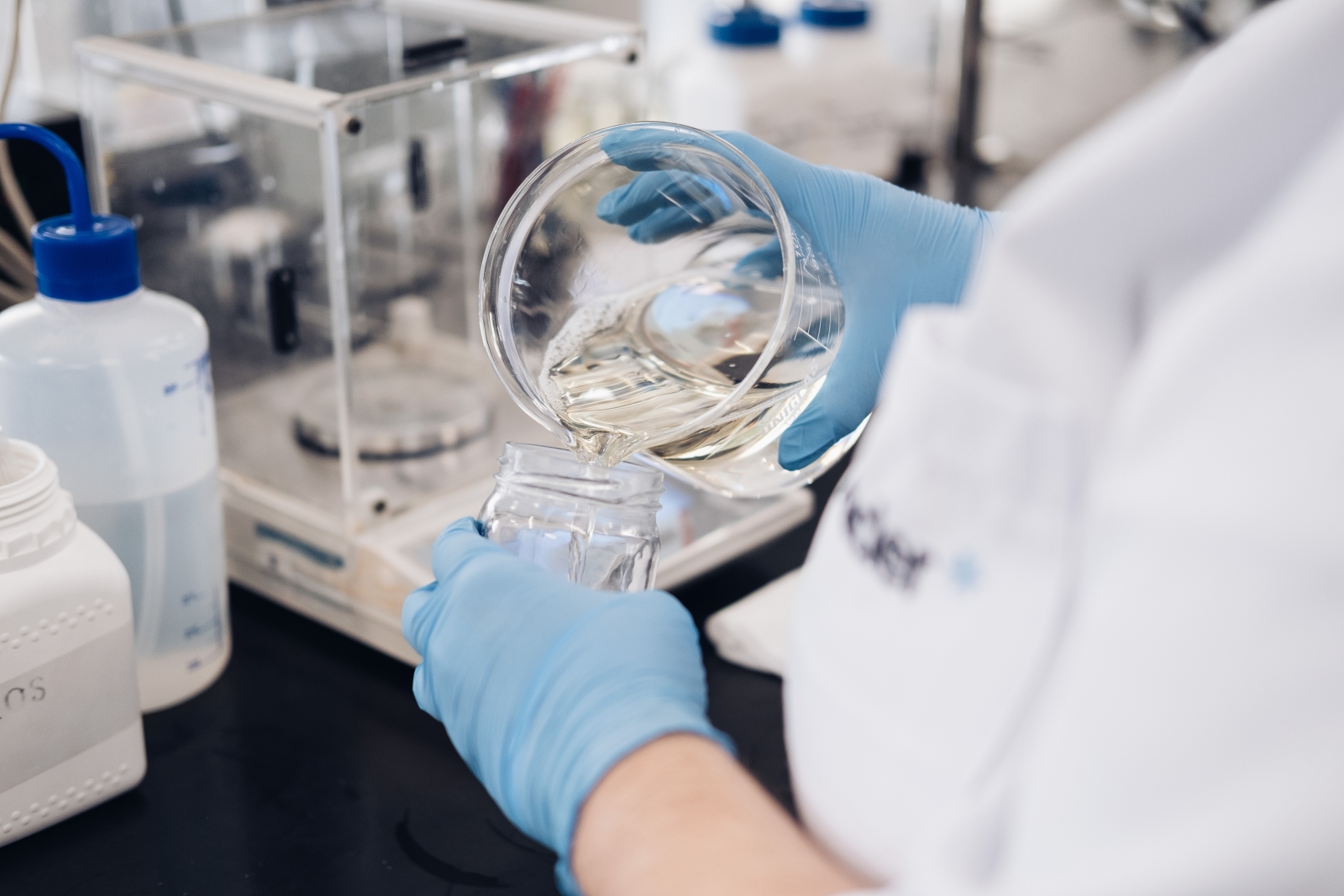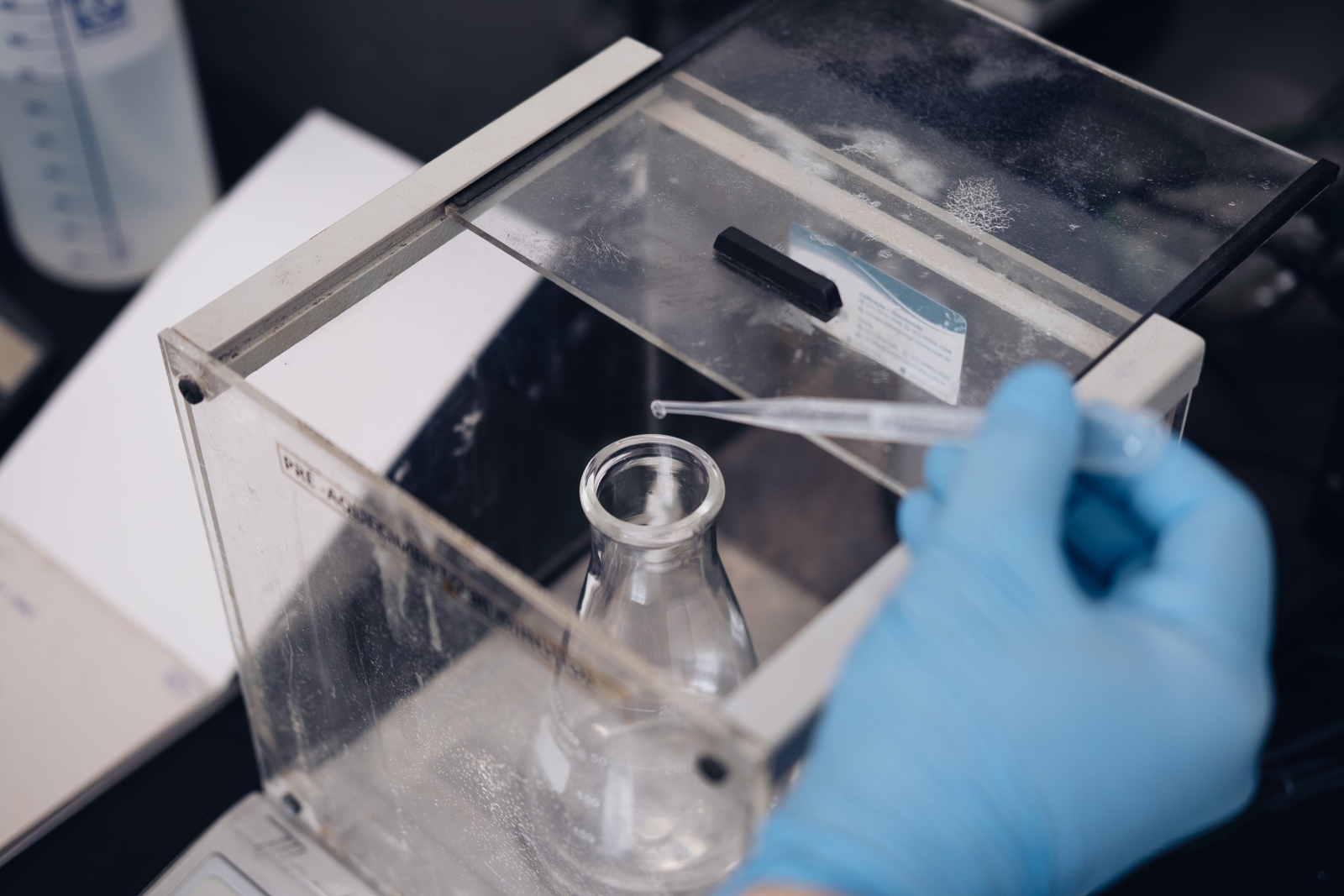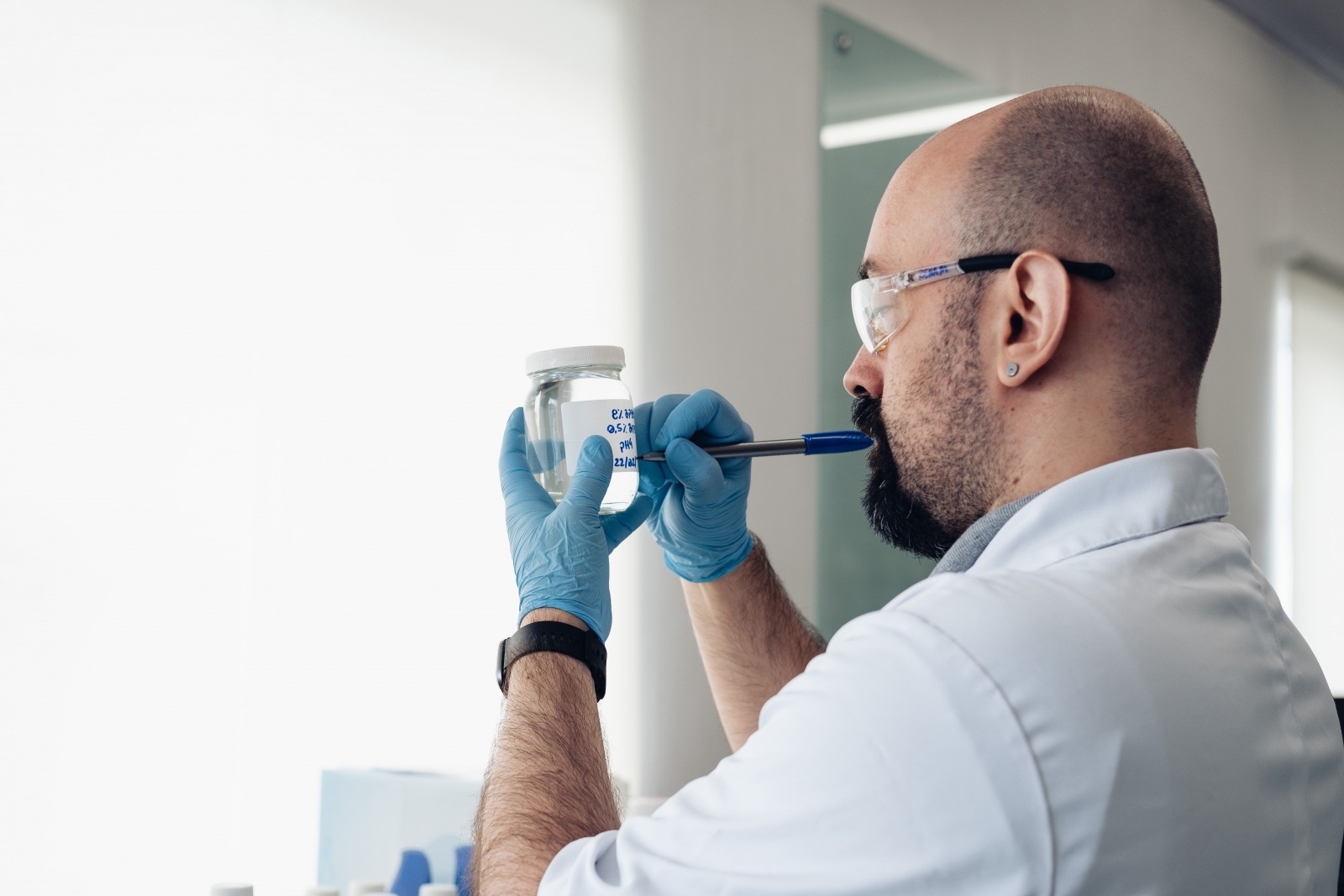
Preservatives: How do I extend the useful life of my product?
The Palaeolithic period was a key turning point in the evolution of the species that would become what we are today, Homo sapiens. Around 2.5 million years ago, our Homo habilis ancestors began to gradually evolve, both physically and socially: it was during this period that our ancestors' brains began to get bigger, their intestinal tracts began to shrink and become more efficient, and the development of social bonds and technologies made considerable progress.
A large part of these changes was fuelled by one fact: the mastery of fire. This revolutionary new technology made it possible to heat-treat plants and animal resources, allowing humanity to take advantage of a quantity of nutrients that had not been possible before. In addition, the mastery of fire led to the development of food preservation techniques, which allowed our ancestors to survive even in the harshest environmental conditions.

In other words, the ability to guarantee a long shelf life for products of interest is one of the many key points for us to have evolved to what we are today: if it were not for this mastery of fire, which allowed us to ‘accidentally’ minimise the harmful microorganisms that spoil food, we would hardly have evolved into the distinct species we are today.
Over time, new techniques began to be employed by our ancestors to guarantee the availability of food at all times: physical techniques, such as the use of ice or drying, biochemical techniques, such as fermentation processes, and chemical techniques, such as the addition of certain substances. This has allowed the range of options for preserving food to increase. Moreover, thinking back to more recent times, such as the last two centuries, this need to preserve and extend shelf life has extended far beyond food: the chemical and pharmaceutical industries, for example, have a great need for techniques and substances that preserve their product for a minimally enjoyable amount of time, making it possible for their customers to have the products available for a period more suited to the consumer's wishes.
So, after this reverie on human evolution, let's get down to what interests us in this text: preservatives. Simply put, any substance we add to a medium to extend its shelf life by inhibiting changes in its physical and chemical characteristics can be called a preservative.
How do preservatives work?
Now that we have defined what a preservative is, we can imagine that answering this question about how they work is not easy. After all, extending a product's shelf life can be done in many ways.

Antimicrobials
One of the most common and oldest types of preservatives is antimicrobials. Microbiological contamination tends to be given a lot of consideration in food products, cosmetics, and pharmaceuticals, and is sometimes overlooked by other sectors. However, microbiological contamination can affect practically any type of product, even apparently ‘immune’ products. For example, there are several studies aimed at developing antimicrobials for use in oil refining products, such as petrol, diesel, and aviation gasoline, which are substances considered hostile to the majority of known microorganisms. However, it is already known that there are microorganisms capable of contaminating this type of product and causing losses.
Microbiological contamination is usually associated with a number of factors, such as changes in pH, the appearance of biofilm, the development of visible mould, the release of an unpleasant smell, and loss of viscosity. Note that these effects are not always so drastic as to be noticeable in a contaminated product: in general, if any of these effects show up very intensely, it is a sign of contamination with practically irreversible damage to the product.
In terms of function, antimicrobial preservatives work by preventing the multiplication of microorganisms that would harm the product. This action can take place in several ways, most commonly through the use of acidic substances, which, when absorbed by the microorganisms, will change the intracellular pH, preventing reactions that are crucial for these microorganisms to stay alive and reproduce taking place. It is also possible to use substances that interact with the cell walls, damaging this structure or acting on it, causing the death of the microorganisms' cells, or substances that cause inhibition of protein synthesis, which causes the death of the microorganisms.
Examples of preservatives with this antimicrobial function include benzoic acid and benzoates, sulphur dioxide, lactic acid, propionic acid, and propionates.
Antioxidants
Another way to ensure products' longer life is to use antioxidant-type preservatives. The oxygen in the air acts in various reactions with organic substances and minerals, generating unwanted alterations in the product, such as changes in colour, texture, and even odour. In addition, if there is a reaction taking place, it is likely that other characteristics of the product will also be altered. Organic products, especially those rich in fats and their derivatives, are extremely susceptible to degradation by oxidation and need special attention to avoid problems this source.
Unlike antimicrobial preservatives, which have a wide range of ways of acting, antioxidant preservatives have basically one way of acting: they inhibit the reaction of some component of the product with oxygen.
Examples of preservatives with this property include ascorbic acid, BHA, BHT, and sulphur dioxide.
Anti-caking agents
A third type of preservative needed when dealing with powdered or granular products is anti-caking agents. Granular materials or powders can clump together, forming agglomerates that might make them difficult to use, transport, or consume. These agglomerations can be triggered by humidity, which triggers the formation of microcrystals that trigger the agglomeration of small particles, or by the amorphous crystalline characteristics of the materials.
Given these characteristics, an expected action of anti-caking agents is: they cause the material to have a degree of water repellency to prevent the formation of the microcrystals that will generate the agglomerates. Substances with a high water absorption capacity are also used, thus preventing the solid material interacting with water and forming lumps.
Examples of anti-caking agents include calcium carbonate, magnesium carbonate, and sodium aminosilicate.
Sequestrants
Finally, it is worth highlighting another important substance for extending a product's shelf life: sequestrants. This class of substances is able to remove metal ions the environment, which can also cause product degradation. This is why you can find out more by accessing the full article available on our blog by clicking here.

But if there are several ways in which a preservative can act, does that mean I need to use a series of different preservatives in my product? Fortunately, the answer is no. Among the examples mentioned above, it is already clear that some substances can fulfil their protective effects in more than one way. In addition, some products are nothing more than blends of preservatives that can be used to guarantee multiple protections for a product.
Is the use of preservatives safe?
Generally speaking, most preservatives are considered to be safe. One of the main issues is that some preservatives are permitted for use in specific classes of products: depending on the purpose of the product in question, a certain range of preservatives may or may not be permitted. This is why it is important to stick to the legislation in force concerning the product in question.
In the case of sanitisers, for example, there is RDC no. 685, of 13/05/2022, which sets out the technical requirements and procedures for updating substances on the list of preservatives permitted in the formulation of sanitiser products, and IN no. 153, of 13/05/2022, which sets out the list of preservative substances permitted for the formulation of sanitiser products, including their maximum concentration limits. For cosmetics, there is RDC no. 528, of 4 August 2021, which sets out the list of preservative substances allowed for personal care products, cosmetics, and perfumes and internalises MERCOSUR GMC Resolution no. 35/20.
Therefore, if the indicated dosages are respected, there should be no problem with the use of preservatives. Paying attention to this dosage is crucial: preservatives are chemical substances, and it is to be expected that, if handled improperly, they will produce some risk.

Want to know more about the use and importance of preservatives in your formulations? Macler's SmartLab team is on hand to help with all these questions. Our Quality Control specialists follow a strict protocol to ensure that all raw materials are carefully analysed, and our Technical Support and Research and Development teams are on hand to assist you. Get in touch!

Learn More
While it's true that these compounds have excellent cleaning performance, their acidic or alkaline natures distinguish them in terms of their function during cleaning. In this text, we will focus on addressing caustic products.
Our chemistry
We use our labs to create
intelligent chemical solutions balanced with your reality.
Products
We use our R&D center, our own laboratory with experienced professionals, to deliver intelligent chemical solutions in balance with your reality.